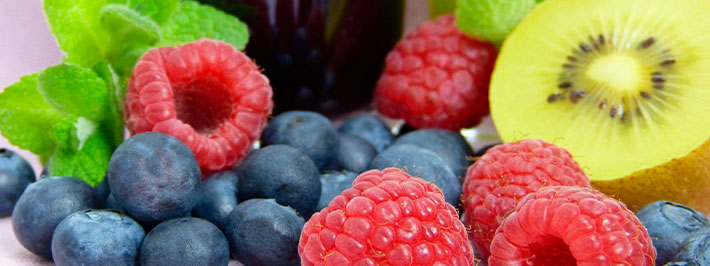
How to get a good intestinal flora?
The intestinal flora not only has a digestive function. This set of bacteria, called the microbiota, plays a fundamental role in immunity and weight regulation and constantly communicates with our brain.
Our diet and some of our behaviors can work in favor of our intestinal flora. Here are some relatively simple ways to balance it out for better health.
It is possible to preserve your intestinal flora on a daily basis, in particular through diet and nutrition. Nutrition is a lever that can be used to promote bacterial diversity and thus be better protected against diseases in which its depletion is involved, such as diabetes, obesity, irritable bowel, allergies or metabolic syndrome.
Focus on the gut microbiota
The microbiota represents all the bacteria (good or bad) that live in our intestines. Our digestive tract houses as many microorganisms as the number of cells that make up our body. This set of bacteria, viruses, parasites and non-pathogenic fungi constitutes our intestinal microbiota or intestinal flora.
It was quickly assumed that there was a symbiosis between our body and our microbiota. "We now know that it plays a role in digestive, metabolic, immune and neurological functions," says Inserm. Dysbiosis (qualitative and/or functional alteration of the intestinal microbiota) is also "a serious clue to explain certain diseases, particularly among those sustained by autoimmune or inflammatory mechanisms."
Any change in one of the constituents of the intestinal flora can alter the balance and functioning of the intestinal microbiota. That is why we must adopt good habits to better conserve our flora!
What foods to eat to rebuild the intestinal flora?
Modern food is loaded with sugars, fats, and proteins, while dietary fibers are especially good for your gut bacteria. Therefore, you should put more fiber on your plate. All fibers are useful: the soluble ones, called prebiotics (capable of dissolving in water to form a viscous gel) as well as the insoluble ones.
"The intestinal microbiota ensures its own metabolism by turning to our food (especially among dietary fibers)," writes Inserm.
Intestinal bacteria feed on them, degrade them, ferment them, thus generating new compounds essential for the proper functioning of the body. Clearly, it is the diversity of fibers that makes the diversity of the microbiota.
Where to find them?
All fruits and vegetables contain it as well as:
Legumes (lentils, peas, dried beans, etc.),
whole grains (it is in the grain shell that the fibers are mainly found),
nuts (almonds, walnuts, hazelnuts, coconut).
How much should you consume?
In each meal, and to make sure to diversify the nature of the fibers, it is enough that at least three different types of vegetable products appear.
What if we digest them badly?
The fibers tend to cause swelling. It is better to consume cooked fruits and vegetables, cooking softens the insoluble fibers and makes them more digestible. Also moderate highly fermentable foods (chicory, onion, garlic, leek, garlic, asparagus, artichoke, Jerusalem artichoke, salsify, escarole, apple, legumes, cabbage, watermelon, cucumber, kiwi, grapes, fig).
Replenish the intestinal flora when you have irritable bowel syndrome
If you suffer from irritable bowel syndrome, it is best to limit your intake of insoluble fiber: whole grain products, fruits and vegetables with edible skin (figs, tomatoes, zucchini, peppers, radishes, etc.), salad, celery, cauliflower, legumes, nuts. There is no restriction instead for soluble fibers, which are gentle on the gut: oats, rye, barley, apple, pear, quince, berries, grapes, orange, peach, grapefruit, radicchio, onion, garlic, leek, garlic, asparagus , artichoke, Jerusalem artichoke, salsify, escarole.